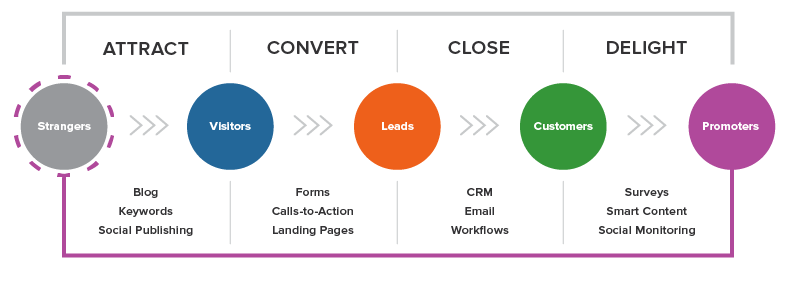Baltimore ... e recordo: "Faz-me lembrar ter descoberto que na cidade de Baltimore, só na cidade de Baltimore, antes de 1920 existiam 19 marcas fabricantes de automóveis" ou "Na bacia do Arade, deste lado do Parchal e Ferragudo e em Portimão, chegou a haver 23 fábricas de conservas." E isto faz-me pensar nas cervejeiras americanas:
A maioria das pessoas que escreve sobre a economia online fala das plataformas como uma corrida para o dominio total, para tirar o maior retorno possível do efeito de escala e da rede de conexões. Daí a corrida das Uber, das Farfetch e dos Facebooks deste mundo.
Eu não acredito nessa leitura. É claro que essa corrida faz sentido agora que a internet está na sua infância e o centrão do meio-termo domina. No entanto, na internet como no resta da economia, o centrão vai dar lugar às tribos. Por isso, também nas plataformas não teremos um único vencedor a ganhar tudo, também nas plataformas poderemos ter muitos vencedores. No final deste postal listo uma série de postais que publiquei ao longo dos anos aqui no blogue sobre esta temática.
Entretanto, esta semana li um artigo interessante acerca disto tudo, "In Defense of The Small Social Network":
"It’s time to agitate for a new version of the internet, one where our only choices aren’t boredom or fear, one where the internet isn’t a joyless place run by billionaires. It’s time to think small.Quem é que precisa de plataformas que cheguem a todo o lado?
...
Ello, for example, launched in 2014 and aimed to be a better kind of network — one less cluttered and commercialized than Facebook. Did it save online discourse? No. But it was a step in the right direction. Ello still exists, has a little over 3 million users as of last year, and is mostly used by artists and designers. Despite its miniscule size, it’s actually a success story, providing a community where artists can showcase themselves. Contrast Ello with YouTube, where the loudest voice in the room often wins, and only creators willing to accept sponsorships and do whatever gets the most eyeballs can thrive.
Other small social networks, like Mastodon, are flourishing in their own little ways too. Mastodon takes a totally different approach to social media: Instead of one centralized group moderating and curating content, the platform allows users to have their own private groups and timelines, and decide what kind of content is displayed themselves"
As empresas que trabalham para o centrão, para a média. Aquilo a que Seth Godin chamou de industrialistas, os que procuram a estabilidade e temem a concorrência e a sua destruição criativa. Seth sublinha que não foram as pessoas que criaram o mercado de massas, foram os industrialistas que o fizeram para poder despachar o seu vómito para o maior número possível de pessoas e agora, com Mongo, esse mundo está a morrer.
Entre Junho de 2016 e Julho de 2019 a série "Estratégia em todo lado - não é winner-take-all" já teve sete episódios. No entanto, antes disso já escrevia sobre Mongo e as plataformas:
"É claro que muitos olham para hoje e vêem as Uber e as AirBnB e adivinham um futuro dominado por essas mega-plataformas. Prefiro considerá-las como entidades transitórias, úteis para dinamitar as grilhetas criadas pelos governos para proteger os incumbentes do Normalistão. Depois? Depois, virão as plataformas de 2ª geração ou cooperativas, porque existe estratégia em todo o lado, às vezes é só uma questão de tempo."
- Isto é só o começo... (Abril de 2016)
- Plataformas, Mongo, emprego e confiança nas marcas (Fevereiro de 2016)
- Plataformas de 2º geração, o começo (Novembro de 2015)
- O pós-Uber(ismo) (Outubro de 2015)
- Reflexão-previsão acerca do futuro das plataformas (Junho de 2015)






























